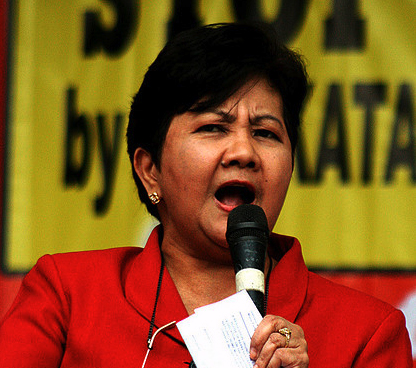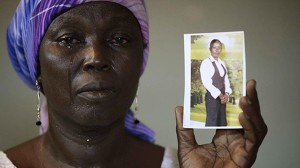By Hojin Choi
Impunity Watch Reporter
MANILA, Philippines – If people have a legal right to be together, they should be allowed to be legally separated. However, there is one country left in the world that has not yet granted a lawful right of divorce. In Philippines, legalization of divorce is still a controversial issue, and a recently filed bill ignited the nation’s dispute once more.
Divorce is not a new concept in Philippines, but the procedure for obtaining one is too restrictive for average individuals to proceed with. Filipino Congresswoman Luzviminda Ilagan is the representative of the Gabriella Women’s Party and a co-author of the divorce bill. The proposed bill “would be the empowerment of women, particularly the poor,” she said. The purpose of the bill is to promote efficiency within the divorce process by making it quicker and cheaper. It is expected to reduce 30-40% of the current costs of legal separation or annulment.

In Philippines, 28% of its total population is classified as “extremely poor.” These people live off less than $1.25 a day. About 40% of the population survives on a meager $2 each day. Therefore, as people need at least $4,000 to end their marriage legally, most people of low-income have no means to get divorced.
Paolo Yap, a graphic designer in Manila, told the Washington Post that he needed $6,700 to hire a lawyer for counseling in his divorce issues, and he eventually dismissed the lawyer because there would be additional costs, at least twice as much. “You know, it’s only about [$2,000 – $3,000] to hire a hit man to kill your spouse” in Philippines, he added as a joke.
Another barrier to the divorce process is the nation’s religious background. Divorce had been legal in Philippines until the enactment of the 1949 Civil Code. Professor Solita Monsod, from the University of the Philippines, explained that the legal prohibition was based on religious grounds. “It is because of a very powerful and conservative church hierarchy, and the dominance of very conservative segments of the Catholic laity,” he said.
The Catholic Church in Philippines officially denounced the bill. “We are opposed to legislation which would enable the state to break the marriage bond so that the couple can each remarry,” said Bishop Teodoro C. Bacani Jr. He also expressed a unique view toward domestic abuse cases. When there is a violent husband who abuses his wife and when divorce is legally allowed, then the man “is free to marry another woman and continue the abuse.” He argued that people could choose to be separated instead of getting a legal divorce.
The law of Philippines is more generous to people who observe other religions in terms of divorce. For example, the law allows legal divorce to Muslims, who constitute 11% of the population.
A number of news media outlets pointed out problems relating to Filipino workers abroad. The Philippines government encourages people to work overseas and forces them to live apart from their family. 70% of those workers are female. Therefore, the women in Philippines, especially who have low or no income, are more vulnerable in the current legal system.
Even though the bill has support in the Congress, it also faces strong opposition. Congressman Elpidio Barzaga Jr. insisted that a strong family makes a strong society, and the strong society will lead to a strong nation.
“We can have this only if there are laws that solidify and strengthen it,” Barzaga announced in opposition to the bill. He also added that “marriage is not merely a personal contract between husband and wife, it is a social institution which public policy cherishes and protects.”
For more information please see:
The Washington Post – World’s last legal ban on divorce doesn’t keep Philippines couples together – 10 October 2014
CNN – The fight to make divorce legal in the Philippines – 6 October 2014



